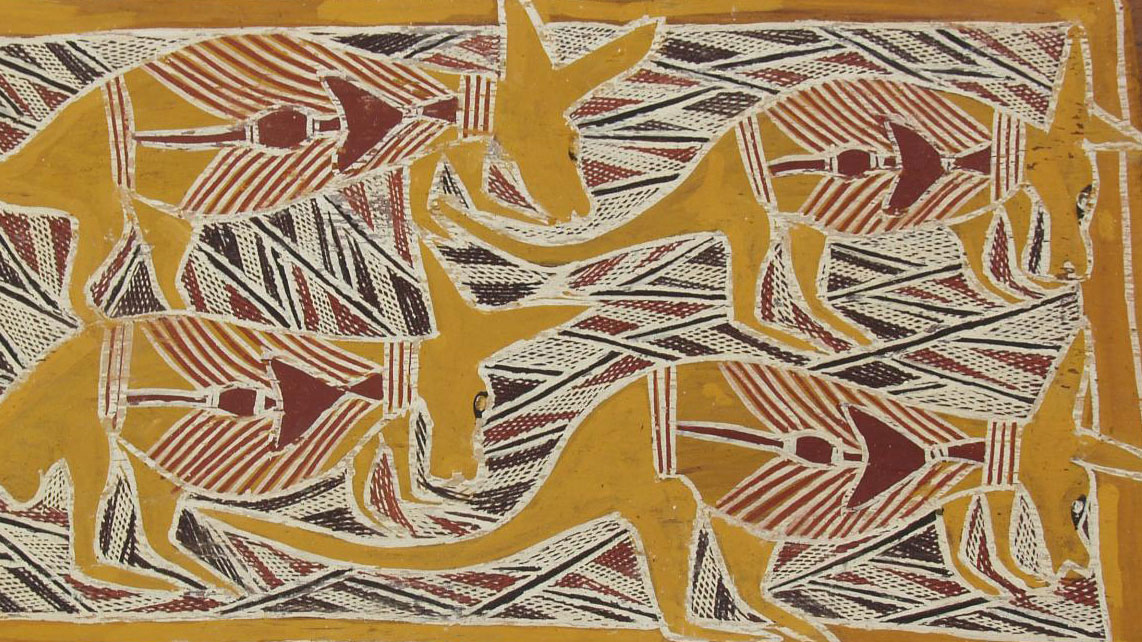Oceanian Section
The Oceanian collections of the Penn Museum include over 22,000 objects from all the major island groups of the Pacific (Polynesia, Melanesia, and Micronesia), insular Southeast Asia, and Australia.

The Oceanian collections of the Penn Museum include over 22,000 objects from all the major island groups of the Pacific (Polynesia, Melanesia, and Micronesia), insular Southeast Asia, and Australia.

Except for a very limited number of archaeological specimens, the collections are ethnographic, representing the material culture of the Pacific peoples from the mid-19th century to the present.
The Oceanian collections were assembled through gifts, purchases and Museum-sponsored expeditions. An early assemblage of Polynesian material collected by C.D. Voy, and a large number of objects acquired in Borneo, Sumatra and the Caroline Islands by William H. Furness 3rd, Alfred C. Harrison, Jr., and H.M. Hiller, were among the founding collections of the Museum. In the first two decades of the 20th century, the collections from the Pacific Islands were greatly expanded by purchases from the dealers W.O. Oldman of London and J.F.G. Umlauff of Hamburg. Also acquired in this period were a Sepik River collection purchased from Max Boehmig of Dresden and Philippines materials collected by the sisters Elizabeth and Sarah Metcalf. Since then, the collections have continued to grow, through donations and from Museum expeditions to Australia, Papua New Guinea and the Solomon Islands.
From a Micronesian coconut grater stool to Javanese puppets, the Oceanian Collection is a diverse and colorful assemblage of ethnographic material.